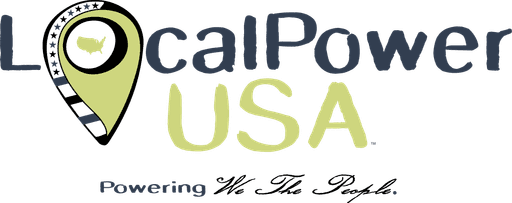Jan 1, 2025
The American solar landscape is experiencing unprecedented growth, but with this surge comes growing pains that affect everyone from homeowners to installers. As someone who's advocated for energy independence for years, I see both the incredible potential and the frustrating bottlenecks in our current system.
Let's talk about what's really happening on the ground. Solar installations have doubled in the last five years, with more Americans than ever choosing to take control of their energy future. This isn't just about going green – it's about freedom. Freedom from rising utility costs, freedom from grid dependencies, and freedom to make choices about your home's energy future.
But here's the challenge we're facing: our distribution networks weren't built for this revolution. Traditional electrical supply chains were designed for big utility companies, not individual homeowners and small installers. When thousands of homeowners suddenly want solar panels, the system struggles to keep up.
The bottlenecks are real. Installers often wait months for basic components like inverters and battery systems. Some manufacturers are overwhelmed with orders, while shipping delays and warehouse backlogs mean components sit unused in ports or distribution centers. This translates to longer wait times and higher costs for homeowners – exactly what we don't want when trying to make solar more accessible.
But there's hope on the horizon. New distribution models are emerging, with regional warehouses and direct-to-installer networks cutting through the traditional supply chain. Some innovative companies are even creating mobile apps that track inventory in real-time, helping installers find the components they need quickly.
The federal government's recent clean energy initiatives have also opened up opportunities for improving distribution. Tax credits for solar manufacturing are encouraging more domestic production, which could help shorten supply chains and reduce delays. But we need to push for more – more local manufacturing, more streamlined permitting processes, and more support for small businesses in the solar supply chain.
For homeowners considering solar, here's my advice: plan ahead. The current distribution challenges mean you should start your solar journey well before you need it. Work with local installers who understand these challenges and have established supply networks. And most importantly, don't let these temporary hurdles discourage you from pursuing energy independence.
The American solar landscape is experiencing unprecedented growth, but with this surge comes growing pains that affect everyone from homeowners to installers. As someone who's advocated for energy independence for years, I see both the incredible potential and the frustrating bottlenecks in our current system.
Let's talk about what's really happening on the ground. Solar installations have doubled in the last five years, with more Americans than ever choosing to take control of their energy future. This isn't just about going green – it's about freedom. Freedom from rising utility costs, freedom from grid dependencies, and freedom to make choices about your home's energy future.
But here's the challenge we're facing: our distribution networks weren't built for this revolution. Traditional electrical supply chains were designed for big utility companies, not individual homeowners and small installers. When thousands of homeowners suddenly want solar panels, the system struggles to keep up.
The bottlenecks are real. Installers often wait months for basic components like inverters and battery systems. Some manufacturers are overwhelmed with orders, while shipping delays and warehouse backlogs mean components sit unused in ports or distribution centers. This translates to longer wait times and higher costs for homeowners – exactly what we don't want when trying to make solar more accessible.
But there's hope on the horizon. New distribution models are emerging, with regional warehouses and direct-to-installer networks cutting through the traditional supply chain. Some innovative companies are even creating mobile apps that track inventory in real-time, helping installers find the components they need quickly.
The federal government's recent clean energy initiatives have also opened up opportunities for improving distribution. Tax credits for solar manufacturing are encouraging more domestic production, which could help shorten supply chains and reduce delays. But we need to push for more – more local manufacturing, more streamlined permitting processes, and more support for small businesses in the solar supply chain.
For homeowners considering solar, here's my advice: plan ahead. The current distribution challenges mean you should start your solar journey well before you need it. Work with local installers who understand these challenges and have established supply networks. And most importantly, don't let these temporary hurdles discourage you from pursuing energy independence.




















